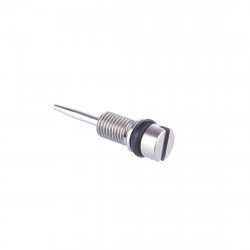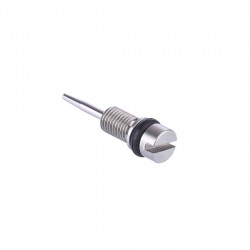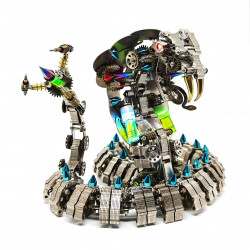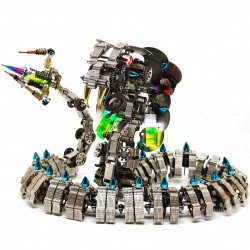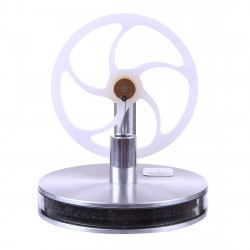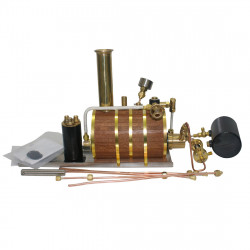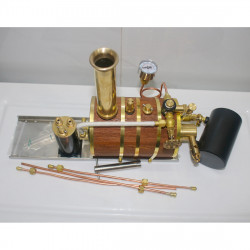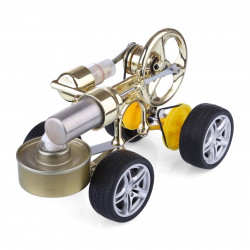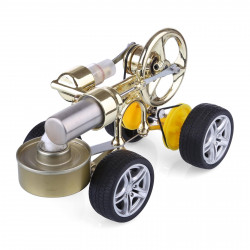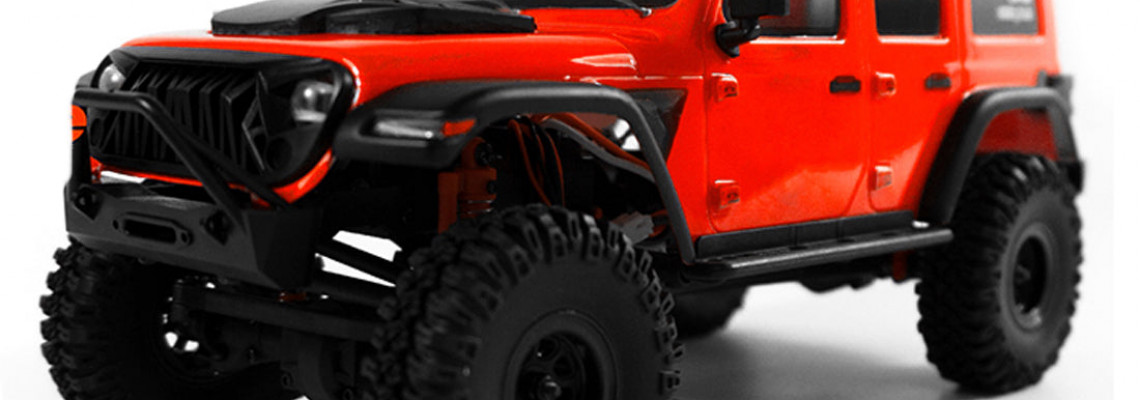
RC car drifting is all the rage. Here's how to get started.
While there are RC cars explicitly made to be RC drift cars, other street cars can be converted into drifters. Remote control car drifting is one of the most thrilling activities with your radio-control vehicle; it's entertaining, challenging, and replicates a full-size racing maneuver that makes onlookers go crazy. It's also not that difficult to do once you learn about the tools, surfaces, and driving techniques that make it easier.
If you are unfamiliar with drifting, it is a series of controlled slides that enables a radio-controlled car or full-scale race car to navigate a track's twists and corners faster than the traditional method, which involves all four wheels gripping the ground. The automobile skids or slides because the driver purposefully oversteers, which causes the tires to lose traction. A competent driver can manage the slides and use them to quickly navigate turns by timing their braking, acceleration, and counter-steering.
It's simple to learn the fundamentals of RC vehicle drifting. It will take some time and effort to become an expert drifter. The following tips will help you get a head start in RC drift cars, one of the fastest-growing subsets of the RC car industry.
How to choose the best equipment for your RC drift car.
Selecting tires for any RC car or truck used for drifting is particularly crucial. RC drift tires experience unusually high wear due to the friction of drifting. But that's not the only thing to worry about.
You should have a clean set of slick tires for drifting on your remote-controlled vehicle. Tires with grooves or knobby treads will grip the surface too well to slide. Even light-tread tires are less likely to drift than slicks. If you don't have access to slicks, you can wear down your existing tires by scorching them against the ground. This will decrease the tread depth. The Integy and Tamiya brands offer tires designed especially for drifting. Additionally, ARRMA® sells dBoots® HoonsTM belted tires, which are frequently suggested for drifting.
You may use a sensored brushless motor to power your remote control drift car for optimal throttle control. Bigger doesn't always mean better. The power supply from less powerful motors is typically the smoothest. The SpektrumTM FirmaTM 85A Brushless Smart ESC and 3300Kv Sensorless Motor Combo provide a respectable speed and excellent control over your vehicle. It's not so quick that you'll struggle to maneuver the vehicle. To tailor their RC drift car's power to the surface's requirements, seasoned RC drivers usually keep multiple motors in their pit bag.
Naturally, your capacity to drift will vary greatly depending on the kind of RC car you drive. You shouldn't expect to use your RC monster truck to tow massive skids. An RC car designed for drifting is ideal. Compared to a standard radio control buggy, these are often electric-powered, have a firmer suspension, and have less ground clearance.
The suspension geometry will be fully adjustable out of the box and include drift-specific spring and shock setups, so you can use upgrades to get the RC drift car to handle exactly how you want it to. RC drifting is also incredibly realistic when you have an RC drift chassis with the proper setup and your favorite body on top.
One excellent illustration of a 1/10 scale electric remote-control vehicle made primarily for RC drifting is the Redcat Racing Lightning EPX. Its tires are designed for drifting, making it easy to drift around turns while keeping a constant speed. Additionally, its lightweight chassis enhances drift recovery and enables rapid direction changes.
Having an RC drift car or drift chassis does not preclude you from drifting. You can, but it won't be as good as an RC car designed for drifting. Any rear-wheel drive RC vehicle will work. A radio-controlled car with four wheels will likely be unable to navigate the turns due to its excessive grip.
How to select the best surfaces for RC drifting.
Selecting a driving surface is crucial if you intend to drift your remote-controlled vehicle. It is ideal to drift at an indoor track designed especially for RC car drifting, but one might not be nearby.
The best option is to locate a landscape as smoothly as possible. In addition to smooth pavement or a driveway, indoor flooring is ideal. Rubber is an excellent material for creating drifts, so many RC tracks are constructed. However, setting up your own track could be costly and require a lot of space. Steer clear of dirt, gravel, and uneven pavement.
Learn the basic techniques for RC drifting.
You're prepared to begin studying the fundamentals of drifting once you've outfitted your remote-controlled car with slick drift tires and found a smooth area to practice. Mark a curve with orange cones or pebbles if you're not on a track.
The first thing to learn is how to accelerate your remote-controlled car into a curve to start a drift. With any RC car, completing a typical turn is pretty straightforward. Drive your remote-controlled car in the direction you want it to go. Typically, you lower your speed slightly to keep all four tires on the road. However, losing some tire traction is part of the strategy if you want to make your remote-controlled car or truck slide into the bend.
As you get closer to the curve, brake usually and turn your RC car toward the apex to start a drift. After that, accelerate more swiftly than usual to cause your back tires to lose grip. Your car's tail end will begin to skid. Return to neutral by counter-steering when it does. You just finished the first drifting step. Continue to work on making your car's tail slide smoothly. You're ready to attempt drifting around a corner once you can do it reliably.
Approach the corner quickly this time. To cause your RC car's rear end to lose traction, move the steering wheel and brake forcefully simultaneously rather than braking and turning. Your drift swing begins here. As you leave the turn, steer back to neutral after counter-steering to keep your car's nose pointing toward the corner's apex until it glides around. Then go fast!
The fundamentals of RC drifting are as follows. You can drift around several curves regularly and even alter the drift angle with time and practice.
Troubleshooting problems with RC car drifting.
Here are some potential reasons and fixes if you're still having trouble drifting after completing the previously mentioned instructions.
Verify that the driving surface is slick enough. A varnished surface is the greatest substitute for an indoor track. Even pavement can occasionally be too rough for RC cars to drift on unless it's really smooth.
Verify that the RC car you are using has rear-wheel drive. Although it is possible to make a 4WD radio-controlled car drift, it is far more difficult than a 2WD car. A 4WD RC vehicle's grip on the surface is more secure by design. Additionally, it is slightly heavier, enhancing traction, which is what you want when drifting.
Verify that there is no tread on your tires. Slicks are the most excellent RC tires for drifting. You can build them by wearing the tread-off tires you already have if you cannot purchase them for your car.
Ask the drivers at your neighborhood RC car track or club for more advice on succeeding in RC drifting. Other enthusiasts who have mastered drifting will be pleased to provide guidance and encouragement. There is a lot to be learned from their experiences.
